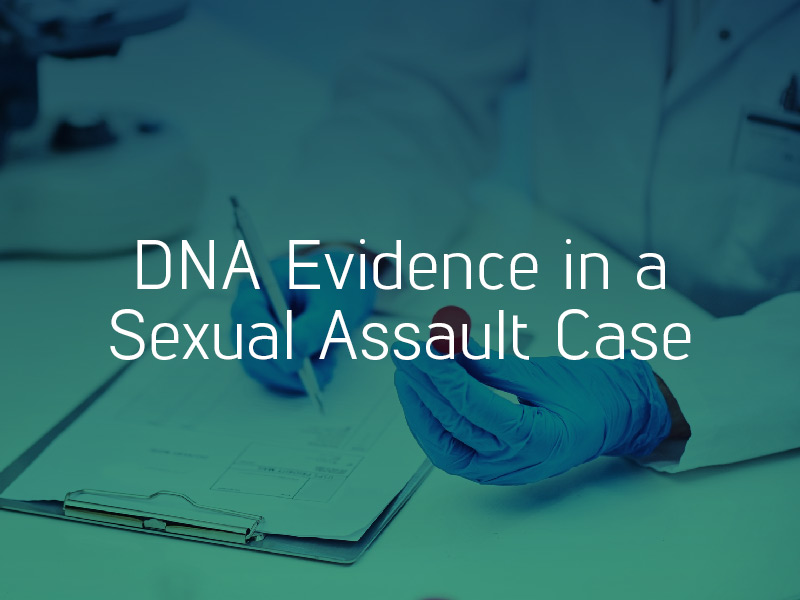If you are the victim of a sexual assault, there are multiple pathways to justice available to you. You can seek criminal charges against the perpetrator to punish him or her for the crime, and you can also seek civil remedies to compensate you for your damages. However, you will need to collect pieces of evidence to prove your case – including DNA. This biological evidence is crucial to successfully hold a perpetrator accountable for the assault, and forensic experts at your local hospital will likely be responsible for collecting it.
DNA Evidence and Sexual Assault Forensic Exams
DNA evidence can be a crucial part of a sexual assault case. DNA profiles are unique to certain individuals and can help narrow down a suspect from a wide pool of people who may be the perpetrator of a sexual assault. While DNA evidence does not always result in an exact match to a specific person, DNA profiles contain a series of certain identifiers that can help law enforcement rule out suspects and identify who could be responsible for the assault.
In the moments after a sexual assault, you may feel disoriented and unsure of what to do next. Many resources urge you to seek assistance at a local hospital and to ask for a sexual assault forensic exam. During this exam, a forensic expert will collect a series of pieces of evidence from you, including swabs for DNA on certain areas of your body and clothing.
If the forensic examiner finds any DNA evidence in your exam kit, he or she will run tests on it to try and identify where it came from. For example, law enforcement might run the DNA samples through the Combined DNA Index System, or CODIS, which contains databases of DNA profiles for known criminal offenders throughout the country.
If the examiner does not find a match through CODIS, he or she can also crosscheck the DNA evidence against people who are suspects in the sexual assault case. Many survivors of sexual assault know who the perpetrator is, and law enforcement can request DNA samples from a suspect and match them against the samples found in a forensic exam kit.
Preserving Evidence After a Sexual Assault
While DNA evidence may not automatically match a perpetrator to a crime, it can help law enforcement officers and attorneys identify and build a case against a suspect. However, to do this, you will need to take precautions to preserve as much evidence as possible following a sexual assault. If you are seeking help after an instance of sexual violence, take these steps to ensure that you do not accidentally destroy DNA evidence.
- Refrain from taking a shower, smoking, going to the bathroom, brushing your teeth, or washing your hands following an assault. You may have DNA evidence in your mouth, on your body, or underneath your fingernails.
- It may be tempting to change your clothes, your bedsheets, or wash your towels after the assault. However, it is important that you do not wash, throw away, or change these items. These linens may also contain crucial pieces of DNA evidence. If you can, bring a change of clothes and any linens that may contain evidence with you to the hospital.
- The sooner you seek medical attention, the greater your chances of preserving DNA evidence. Over time, environmental factors could degrade the evidence and reduce your chances of collecting a viable DNA sample. To ensure that you preserve as much evidence as possible, visit the hospital immediately after the assault.
The aftermath of a sexual assault can be overwhelming and disorienting. However, it is important that you visit a hospital to collect the evidence necessary to hold the perpetrator accountable as soon as possible after the crime occurs. After you receive treatment, contact an Rideshare sexual assault attorney as soon as you can to discuss your legal options and determine your next steps.

